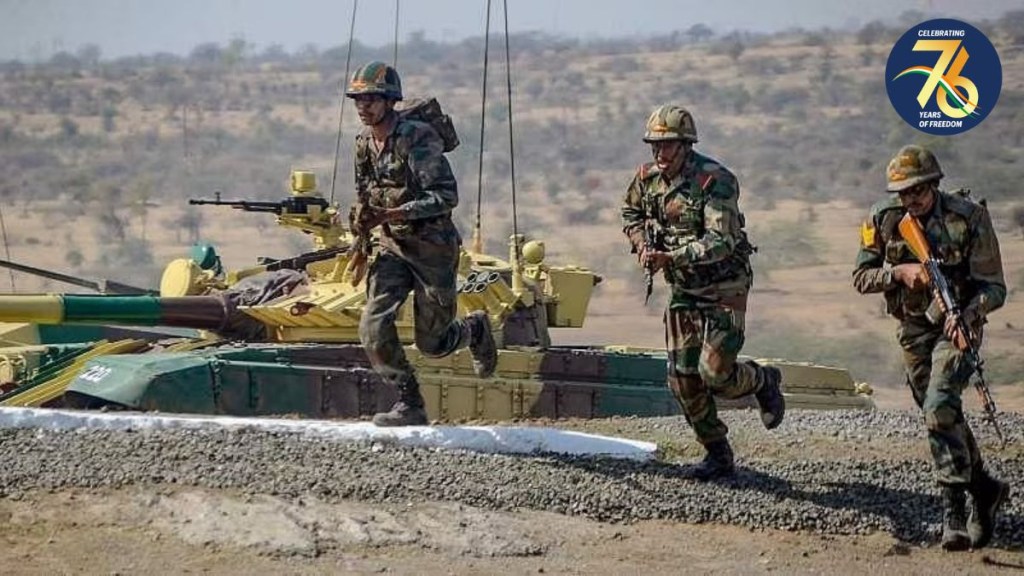The pioneering Agniveer initiative, launched in 2022, has yielded exceptional results in bolstering the Indian Army’s technical prowess and modernization efforts. The first two Agniveer batches, representing a paradigm shift in recruitment strategy, have ushered in a new era of highly qualified personnel within the armed forces.
This recruitment scheme has witnessed an impressive surge in technically skilled individuals, marking a significant departure from the traditional recruitment policy. Notably, an impressive five percent of recruits possess diplomas or certificates from esteemed Industrial Training Institutes, while 15 percent hold graduate degrees. These numbers stand in stark contrast to the previous approach and underscore the scheme’s resounding success.
According to sources in the defence and security establishment, with more than 19,000 Agniveers set to join their respective battalions imminently, and an additional 20,000 slated to complete their training by September, the infusion of technologically proficient individuals into the Indian Army is poised to drive transformative change. This augmentation includes the induction of 110 B.Tech graduates into the force, exemplifying the scheme’s commitment to enhancing the Army’s technological prowess.
Sources quoted above have asserted that this infusion of advanced technical skills is closely aligned with the evolving demands of modern warfare. These skilled recruits are poised to play a pivotal role in shaping the ongoing technological advancements underway within the Army. The initiative seeks to equip the force with state-of-the-art weaponry and equipment, infused with cutting-edge technologies that are essential for success in contemporary military operations.
The physical standards achieved by Agniveer recruits are on par with those of previous batches, reinforcing the programme’s ability to maintain rigorous standards while taking up innovation. The resounding success of the initial Agniveer cohorts firmly underscores the programme’s contribution towards realizing the Indian Army’s aspiration of becoming a dynamic and technology-savvy force.
Looking ahead, the Agnipath scheme is set to recruit more than 1.75 lakh Agniveers by 2026, added sources in the defence and security establishment. This strategic endeavor is expected to significantly influence the age profile of the armed units, imbuing them with youthful vigor and agility that is essential in the contemporary military landscape.
The Agnipath initiative has, however, brought about a transformative shift in the recruitment landscape. In contrast to the previous model, which recruited individuals aged between 16 and a half years and 21 years for a minimum of 15 years of service, the new scheme has introduced a more flexible age bracket of 17.5 to 21 years. Additionally, only a quarter of recruits will be absorbed for permanent service, introducing greater flexibility and dynamism.
The Agnipath scheme’s journey has not been without challenges. Initially met with opposition and criticism, the government responded with measures and reservations to enhance its appeal to aspirants. These initiatives include provisions for skill certification, qualification upgrades, and post-service benefits such as the one-time Seva Nidhi package worth Rs 11.71 lakh, which is tax-exempt.
Furthermore, the initiative has secured 10 percent of job reservations in key ministries such as the Ministry of Defence, Home Affairs, and even the private sector. This cross-sectoral embrace reaffirms the transformative impact of the Agniveer program on both national security and civilian industries.

